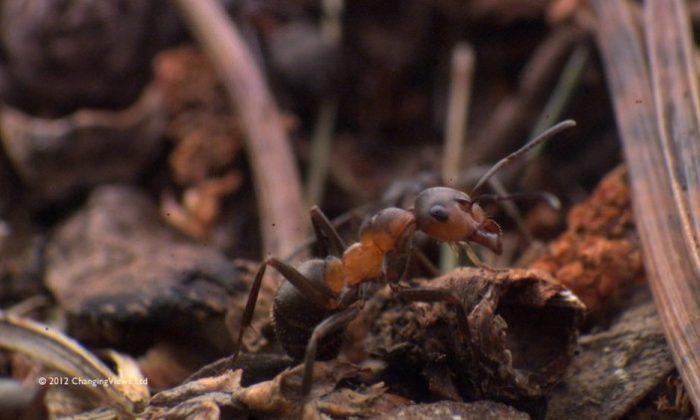One thousand internationally protected wood ants will be fitted with tiny radio receivers to understand how they communicate within their multi-queen colonies and travel between their complex nests.
The near-threatened northern hairy wood ant, Formica lugubris is native to England with two main populations, one in the Peak District and the other in the North York Moors.
The University of York is running the study for three years at the National Trust’s Longshaw Estate in Derbyshire, where there are more than a thousand nests and up to 50 million worker ants.
Each ant is about as big as a thumbnail and will be captured to affix a one-millimeter receiver within a few seconds and without any detriment to the insects.
“This research is about trying to find out how the ants communicate and commute between the vast network of nests and how they travel in this environment,” said researcher Samuel Ellis at the University of York in a press release.
“The radio receivers act like a bar code to mark out each individual ant.”
Understanding how the ants use this network will help the National Trust manage the ancient woodland of oak and birch trees without disturbing the colonies.
“The way the ants use this network has important implications for how they interact with their environment,” Ellis said. “And the way information is passed through the network may even have implications for our information and telecommunications networks.”
The ants gather honeydew from sap-sucking aphids that prefer oak, birch, and pine trees, but the ants do not thrive in this dense woodland.
“We will be carrying out some forestry work over the next few years, removing lots of conifer trees from modern plantations, which will create a larger area of wood pasture, ideal for the ants to move into,” said Chris Millner, National Trust Area Ranger at Longshaw, in the release.
“The study will give us a real picture of where the ants are and how we can improve the habitat for them and other wildlife without causing disturbance.”
The Epoch Times publishes in 35 countries and in 19 languages. Subscribe to our e-newsletter.









Friends Read Free